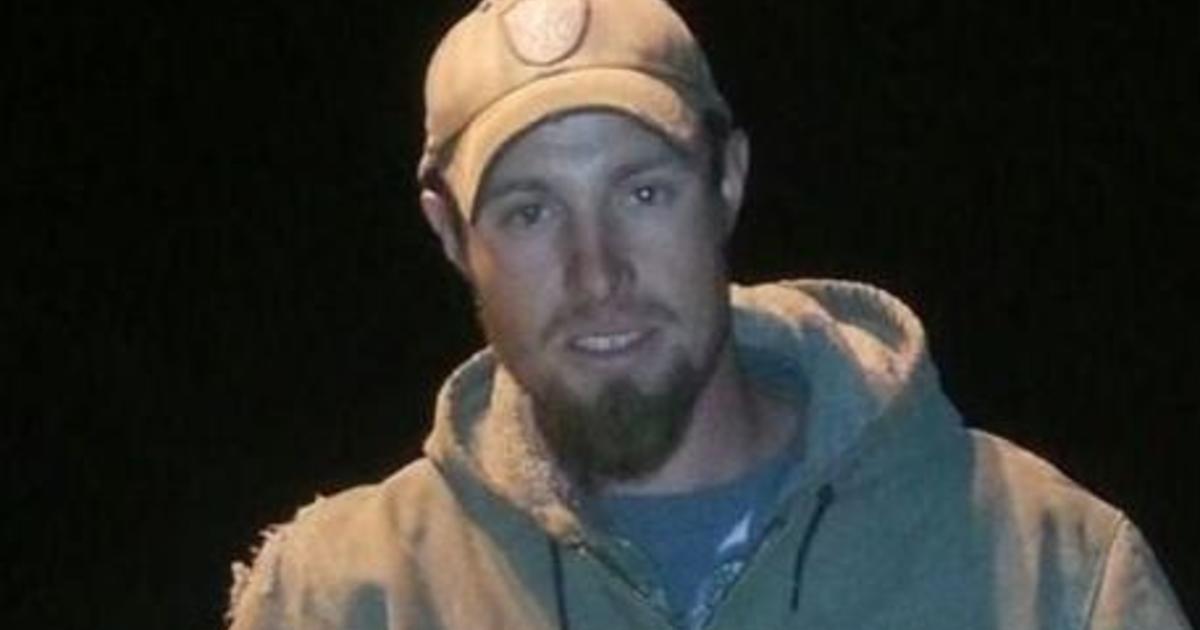Dustin Kjersem’s murder in Montana has left a community reeling and investigators searching for crucial evidence to solve the case. The 35-year-old camper was found dead in his tent, initially believed to be the victim of a bear attack. However, a subsequent investigation revealed a gruesome scene of a brutal murder, involving multiple chop wounds to the skull. The lack of cell service in the remote area of the crime scene significantly complicates the investigation, hindering swift identification of suspects and retrieval of vital clues. This tragic event highlights the vulnerability of individuals in remote locations and the challenges law enforcement faces in such circumstances. The focus now is on gathering evidence and bringing the perpetrator to justice.
The Search for Evidence: Key Items Missing from the Crime Scene
The Gallatin County Sheriff’s Office has issued an urgent plea to the public, requesting assistance in locating several items believed to have been taken from the crime scene. These items are crucial pieces of the puzzle in piecing together the events leading up to and including the murder of Dustin Kjersem.
The Missing Axe
The most critical item is a blue and silver Estwing camp axe, likely with a 26″ handle. The axe is believed to be the murder weapon, used to inflict the fatal wounds on Kjersem. Its recovery is paramount for forensic analysis, providing crucial evidence connecting the weapon to the crime and potentially to the perpetrator. The Sheriff’s office emphasizes the importance of anyone who may encounter this distinctive axe to report its location immediately without touching it, to preserve any potential fingerprints or other trace evidence.
Other Missing Items
Besides the axe, investigators are also seeking a Remington 11-87 12ga shotgun and a Ruger Blackhawk .44mag revolver. These firearms could be linked to the killer, either as additional weapons used in the crime or as belongings taken from the victim. The presence of these weapons suggests the possibility of premeditation or an intent to commit further crimes. The recovery of these weapons could also help law enforcement trace ownership and develop leads to potential suspects.
Missing Cooler
Finally, authorities are looking for an orange YETI Tundra 45 cooler. While seemingly less significant than the weapons, the cooler could contain additional evidence or even have played a role in concealing the weapon or other incriminating items post-crime. Its recovery could reveal additional context, providing clues about the timeline of events or the intentions of the killer.
The Challenges of a Remote Crime Scene
The remote location of the crime scene presents significant obstacles for investigators. The lack of cellphone service significantly hampers communication and rapid response. This geographical isolation means that traditional investigative methods may be less effective, relying heavily on witnesses reporting sightings and collecting any evidence they find. The time it takes for crucial information and evidence to reach investigators can impact crucial leads in this high-pressure situation.
Difficult Terrain and Limited Accessibility
The rugged terrain also impacts accessibility. Finding potential witnesses in the wilderness is a far more challenging task, and securing the crime scene itself has undoubtedly demanded extensive resources and meticulous care given its inaccessibility. This complicates searches for physical evidence and obtaining detailed accounts from potential eyewitnesses who might have been in or passed through the remote vicinity near the scene of the crime.
The Time Factor
The time lag in processing evidence and locating any witnesses could cause potentially vital leads to go cold. This issue adds pressure on investigators to prioritize every avenue and promptly gather the data necessary to crack the case and bring Kjersem’s killer to justice. The swift recovery of the missing items is crucial in combating this element of the case and bringing any potentially credible leads to fruition.
Community Response and the Victim’s Legacy
The community’s response to Kjersem’s murder has been profound. Numerous leads have been shared with authorities, underscoring the dedication of individuals seeking to assist law enforcement. This communal response reflects the impact Kjersem had on his loved ones and those around him, showcasing their collective grief and a unified front against the horrific events surrounding the untimely loss of their friend.
Family Support and Community Grief
A GoFundMe page established to assist Kjersem’s children has generated considerable financial support, reflecting the widespread grief and compassion felt throughout the area. Kjersem is remembered by his family as a devoted father and a skilled tradesman; his sudden and tragic passing has undoubtedly caused a devastating ripple effect, spreading further than his own intimate network and rippling through his community. His loved ones continue to push for the swift apprehension of the killer.
Seeking Justice for Dustin Kjersem
The Sheriff’s department has reassured the community that multiple leads are being followed up, ensuring that the ongoing investigation remains dedicated to finding justice for Dustin Kjersem. The intense media coverage highlights the need for a resolution and places additional pressure on authorities and encourages people to be vigilant in coming forward with even small details that could make a significant contribution towards the ongoing inquiry.
Take Away Points
- Dustin Kjersem’s murder highlights the vulnerability of individuals in remote areas.
- The lack of cell service in the crime scene’s location presents significant challenges for investigators.
- The public’s assistance is crucial in locating missing items from the crime scene.
- The community response to Kjersem’s death underlines the need for closure and justice.
- This case stresses the ongoing threat posed by criminals operating in remote or secluded locations.









